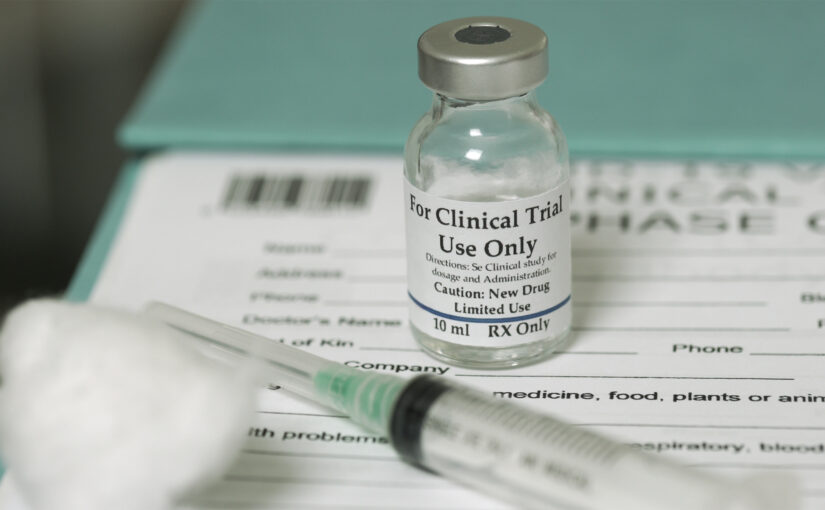By Anne Harding
New findings debunk the conventional wisdom that Black cancer patients are less likely to agree to participate in clinical trials.
Overall, 55% of patients offered trial participation agreed to enroll, and white and Black patients agreed to participate at a similar rate, Dr. Joseph M. Unger of Fred Hutchinson Cancer Research Center in Seattle and colleagues found.
“Patients are much more willing to participate in cancer clinical trials than people generally realize,” Dr. Unger told Reuters Health by email. “Importantly, the willingness to participate does not differ by race or ethnicity.”
Just a small minority of adult cancer patients enroll in clinical trials in the U.S., with reported participation rates ranging from 2% to 8%, Dr. Unger and his colleagues note in the Journal of the National Cancer Institute. In a 2019 study, published in the same journal, they found that more than three-quarters of cancer patients faced structural and clinical barriers that made it impossible for them to participate in a clinical trial.
Research and advocacy groups have worked to reduce clinical barriers, but physicians may also opt not to suggest enrollment to patients “out of concerns about the physician-patient relationship, preferences for a specific treatment, or practical considerations about reimbursement, time, and clinic resources,” they add.
To determine how many cancer patients who are actually given the chance to participate in a clinical trial choose to do so, the researchers looked at 35 studies including 9,759 patients who were offered clinical trial participation, including 30 treatment trials and five cancer-control trials.
In 15 studies that included data on participation of Black patients, 60.4% agreed to participate in a clinical trial when offered the opportunity. Thirteen studies included data for Black and white patients and did not find a statistically significant difference in participation for Blacks and whites (58.4% vs. 55.1%).
Agreement rates were also higher numerically but not significantly so in the eight studies including data on Hispanic patients, 67.1% of whom agreed to participate, and Asian patients, who in six studies had a mean participation rate of 63.6%.
In 15 studies, a total of 2,626 patients reported why they chose not to participate. About one in four cited treatment-related issues. One in five said they were not interested in trial participation. Other reasons cited included fear of side effects (7.9%), concerns about finances and denial by insurance (6.7%), and dislike of taking part in an experiment (6.6%).
Patients who passively refused participation, meaning they did not return to the clinic or were lost to follow-up, accounted for 8.3%.
“We hope this research helps to highlight how patients are generally very willing to participate in clinical trial research if one is offered. The research indicates that physicians should not be hesitant to offer a trial based on pre-conceived notions that patients would rather not participate,” Dr. Unger said.
Research on participation in cancer clinical trials has long focused on why patients don’t participate, Dr. Unger noted. “This is important because patients ultimately decide whether to participate, but our research indicates that upstream reasons are much more dominant, such as lack of an available trial and restrictive eligibility criteria. So, the focus of research and interventions to increase trial participation should be more on these structural and clinical barriers.”
He concluded: “Patients are more than doing their part to advance cancer research. We need to better understand why they often do not even have the opportunity to decide about participating in a trial.”
In an email to Reuters Health, Dr. Charles Blanke, the chair of SWOG Cancer Research Network, said, “The message for oncologists is simple: Invite everyone eligible to join a clinical trial! Don’t fall into the trap of thinking only a few percent go on study, so it’s not worth the time to offer the opportunity. When actually asked, a majority will say yes. Also, don’t have preconceived notions about who is or isn’t likely to want to participate.”
Dr. Blanke, a professor at Oregon Health and Science University in Portland, where SWOG is based, did not participate in the new study.
SWOG, one of five cancer trial groups supported by the National Cancer Institute, began loosening eligibility requirements for clinical trials in advance of a series of papers published in 2017 by the American Society of Clinical Oncology and Friends of Cancer Research proposing less restrictive rules for clinical trial enrollment, Dr. Blanke said.
“There are many changes, but the new guidelines included things like allowing patients with controlled brain metastases, otherwise healthy people with HIV, and patients over age 12 but under 18 years of age,” he explained.
While SWOG does not track screening at its sites, “I am absolutely certain the new rules are allowing patients who would not have been eligible earlier last decade to join our trials,” he said.
“Doctors understand that clinical trials themselves represent excellent care – so they should offer this option to every single eligible patient. Often, trials are the only way people have access to cutting-edge treatments, including immunotherapies,” Dr. Blanke added. “Trials also offer benefit not just to the individual participating, but at a population level. Many NCTN (National Clinical Trials Network) studies answer important questions about cancer care delivery or prevention. Oncologists need to always keep trials at the top of their list – and always ask their patients if they want to learn more or get involved.”
SOURCE: https://bit.ly/2H4jm6u Journal of the National Cancer Institute, online October 6, 2020.
This article was published by Medscape.


